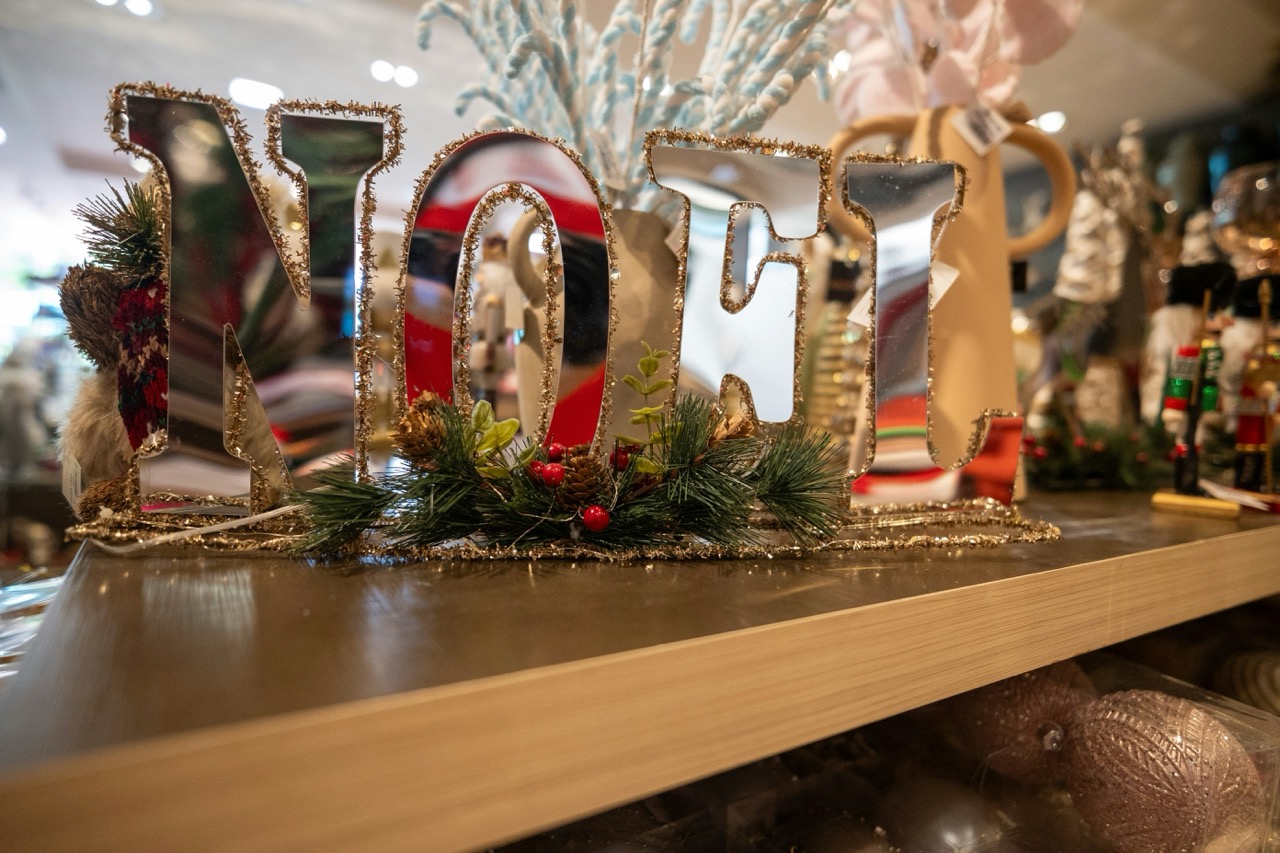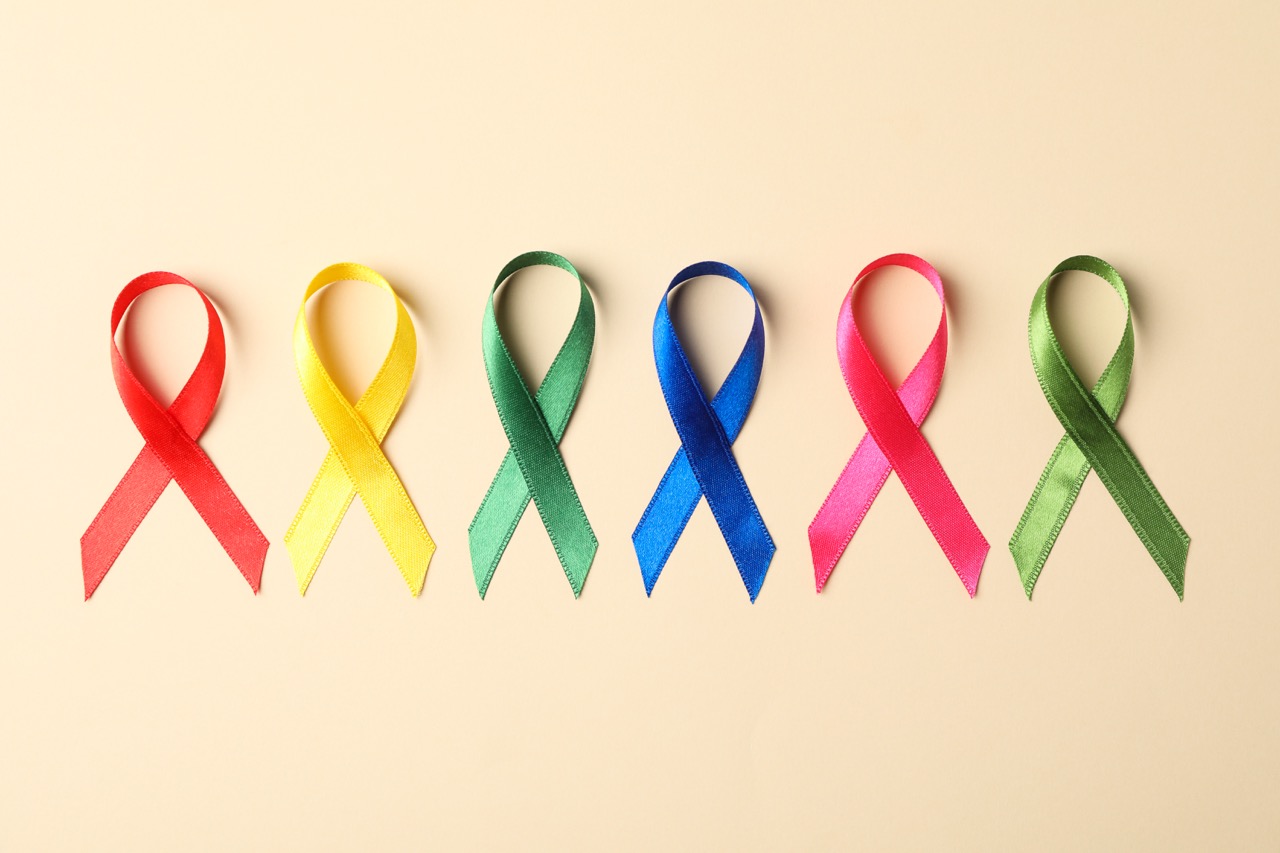In the tapestry of medieval romance, few symbols are as evocative and rich in meaning as the ribbon. In a time when love was often cloaked in secrecy and societal convention, ribbons emerged as a potent emblem of affection, longing, and connection. Through the intricate craft of love knots, these colorful strips of fabric became more than mere adornments; they formed bonds of sentiment that transcended the physical realm. This article delves into the multifaceted role of ribbons in medieval love knots and pledges, exploring their symbolism, artistry, and historical significance.
Unraveling the Symbolism of Ribbons in Medieval Romance
Ribbons in the medieval period were imbued with profound meaning, often representing the intertwining of hearts and souls. Their delicate nature contrasted with the weight of emotions they signified—love, loyalty, and commitment. A ribbon was not just a decorative element; it was a signifier of the sentiments that tied lovers together in an age when public displays of affection were often frowned upon. Different colors of ribbons also conveyed varying emotions, with red symbolizing passionate love, while blue was often associated with fidelity.
The act of tying a ribbon into a knot could signify a pledge or promise between lovers, elevating their relationship beyond mere courtship. Such knots were often complex, symbolizing the intricate and sometimes tumultuous nature of romantic relationships in a society that prized decorum. When a ribbon was tied, it signified that the individuals involved had intertwined their fates, creating a bond that was both visible and venerable. This visual representation of commitment added a layer of depth to interactions that might otherwise remain private or unspoken.
Moreover, as ribbons were exchanged or worn, they became physical tokens of love, allowing individuals to carry a piece of their beloved with them. The act of gifting a ribbon could imbue the object with personal significance, transforming it into a cherished keepsake. Thus, ribbons served as tangible reminders of affection, echoing the emotional ties that connected lovers even when they were physically apart.
The Artistry of Love Knots: Crafting Emotional Bonds
Creating love knots with ribbons was not merely a craft; it was an art form that required skill, patience, and an understanding of the emotional language of knots. Artisans and lovers alike would weave intricate patterns, each knot telling its own story of love and devotion. The process of knotting became a ritualistic act, one that demanded focus and intention akin to the dedication required to maintain a loving relationship. The resulting designs varied greatly, from simple bows to elaborate forms resembling intricate lacework, each knot crafted with care and infused with sentiment.
Each love knot also carried with it the weight of tradition and folklore, where specific styles or patterns might be associated with particular stories or legends. For instance, the "true lover’s knot," recognized by its interlocking loops, symbolized the unbreakable bond between two souls. Such artistry transcended mere aesthetics; it became a way for lovers to communicate their feelings in a society that often suppressed overt expressions of emotion. The knots served as an intimate language, conveying messages of hope, unity, or even longing through the careful arrangement of ribbon.
While love knots were often specific to romantic relationships, they also found their way into friendships and familial bonds, showcasing their versatility as symbols of affection. Thus, these meticulously crafted ribbons occupied a unique space within medieval society, serving both as personal tokens of devotion and as communal artifacts that illustrated the emotional fabric of relationships. The artistry of love knots elevated the simple ribbon to a medium rich with narrative potential and emotional depth.
Historical Context: Ribbons as Tokens of Affection
The tradition of exchanging ribbons can be traced back to various cultures, but it found a particular resonance in medieval Europe. During this time, societal norms often dictated the ways in which love could be expressed, leading to the rise of subtle symbols of affection. Ribbons offered a means of communication that was both discreet and meaningful. In a society where courtship could be fraught with danger—particularly for women—ribbons allowed lovers to navigate the complexities of romance without fear of societal repercussions.
In addition to their personal significance, ribbons also played a role in public ceremonies and events. They were often used in tournaments and festivals, where knights would wear the colors of their beloved as a badge of honor. This practice not only demonstrated the knight’s devotion but also provided a spectacle for the public, allowing romantic bonds to be celebrated within the community. The interplay between personal and public expressions of love through ribbons illustrated the complexities of medieval relationships, where private feelings often had to coexist with societal expectations.
As time progressed, the use of ribbons in love knots became intertwined with broader cultural shifts, such as the rise of courtly love and romantic literature. These evolving ideals transformed the way love was perceived and expressed, embedding ribbons deeper into the social fabric as tokens of affection. The historical significance of ribbons in medieval love knots is not merely confined to the past; it reflects the timeless human desire to find connections and express emotions, transcending the boundaries of time and culture.
The legacy of ribbons as symbols of love and devotion continues to resonate today, reminding us of the enduring power of simple gestures in human relationships. While the intricacies of medieval love knots may have faded from common practice, their essence persists in modern tokens of affection, such as friendship bracelets and anniversary gifts. The artistry and symbolism embedded in these ribbons serve as a testament to the timeless nature of love itself—an emotion that transcends the ages and binds us together in the complex tapestry of human experience. Such traditions remind us that whether through the elegance of a ribbon or the intricacies of a love knot, the expressions of love remain a cherished and universal pursuit.










